Public Relations (PR) is arguably one of the most misunderstood professions in the modern working world. Even experienced business leaders often trip up when asked to explain what PR actually is and how it could help benefit the business. It’s one of those disciplines that everyone has heard of, but few really grasp it beyond simply “getting press coverage.”
In reality, PR is a long-term strategy focused on building trust, credibility, and relationships with the audiences that matter most – customers, employees, investors and the public. It is the marathon on which any great business is built. Yet myths about PR persist. The problem is, the belief in these myths often leads to poor strategy, unrealistic expectations, or wasted budgets.
Let’s break down the five most common misconceptions about PR that people still search for and believe, and uncover the truth behind them.

1. PR Is Just Press Releases and Media Coverage
The myth: Many people think PR = press releases and pitching journalists to “get in the news.”
The reality: Media relations is just one small part of PR. A modern PR strategy also includes social media engagement, influencer partnerships, internal communications, crisis management, thought leadership, and community relations.
Contrary to popular belief, PR professionals don’t just react to news; we help shape the conversations that build reputation over time. When businesses equate PR with press releases, they miss out on its broader strategic value. No matter how hard you try, you simply can’t build credibility by sending one announcement a year; you need a consistent story and engagement strategy.

2. PR Is the Same as Advertising
The myth: Some believe PR is just another form of advertising and that as PR professionals we simply secure paid placements that guarantee visibility.
The reality: Advertising is paid media. To put it simply, you are buying the exposure in that particular publication, and yes, this does include advertorials. PR, on the other hand, falls into the categories of earned or owned media. Unlike advertising, it’s about securing credibility through relationships, reputation and authentic storytelling.
When a journalist, influencer, podcaster or customer organically shares your story, it carries more trust than any ad ever could. As Jean-Louis Gassée famously said “Advertising is saying you’re good. PR is getting someone else to say you’re good.” Confusing PR with advertising can lead to disappointment when PR doesn’t deliver direct conversions or instant traffic spikes. The real ROI of PR lies in trust, perception and influence, and that is priceless.

3. PR Can Guarantee Immediate Sales or Overnight Results
The myth: Many expect that one glowing article or viral mention will instantly boost sales.
The reality: In today’s world, we’ve become guilty of instant gratification. We want everything, and we want it now. PR is a long game. Its impact builds over time, strengthening brand reputation, increasing awareness, and creating trust that supports a business’s long-term growth.
Yes, great PR can drive traffic or leads, but that’s a side effect of credibility, not the primary goal. If you treat PR like a quick-fix marketing tactic, you’ll pull the plug too soon and miss its compounding benefits.

4. PR Is All About Spin or Manipulating the Truth
The myth: Thanks to pop-culture portrayals, like Olivia Pope in Scandal, Sidney Falco in The Sweet Smell of Success and Robyn in Flack, many assume PR means “spin” and that essentially we are crafting half-truths or manipulating the narrative.
The reality: Ethical PR is the opposite of spin and forms the foundation of any PR agency, like Shh! PR, that is a member of the Chartered Institute of Public Relations. It’s about transparency, authenticity, and relationship-building. The most successful PR campaigns are grounded in honesty and values that align with the brand’s actions.
Modern audiences and journalists can spot insincerity a mile away. Integrity builds influence. Spin destroys it. Companies that misunderstand this often avoid PR entirely or choose “hype over honesty.” But honestly, both lead to damaged credibility.

5. PR Works in a Vacuum, We Can Delegate It and Forget It
The myth: Once a business hires a PR agency, leaders can “check the PR box” and move on.
The reality: PR is not an isolated activity. It works best when integrated with marketing, customer experience, leadership communications, and even HR. Every touchpoint ultimately reinforces the reputation of your business.
PR should feed into and be informed by your broader business goals and internal culture. When PR operates in a silo, messages become disconnected from brand reality. Integrated PR ensures alignment and authenticity across every channel. So wherever your audience finds you, you can be sure that the messaging is clear, consistent and aligned with your business goals.

The Bottom Line: PR Is About People, Not Press
Public relations goes far beyond press releases and media coverage. It’s about meaningful relationships. It’s not advertising, spin, or a one-time announcement; it’s a continuous effort to earn trust and shape reputation.
When done right, PR amplifies your story, strengthens your credibility, and connects you authentically with your audience. It builds a strong foundation upon which everything else in your business can be built.
Dispelling these common myths isn’t simply about correcting misconceptions; it’s about redefining what authenticity and influence look like in an age of noise and scepticism. Because when every headline, post, and conversation contributes to your reputation, the real question becomes: what story is your brand allowing the world to tell about you?
In a world where trust is currency and perception shapes success, public relations is no longer just a back-office function; it’s the heartbeat of how brands connect, communicate, and endure. If you’re ready to shape how the world sees you. Let’s talk.

